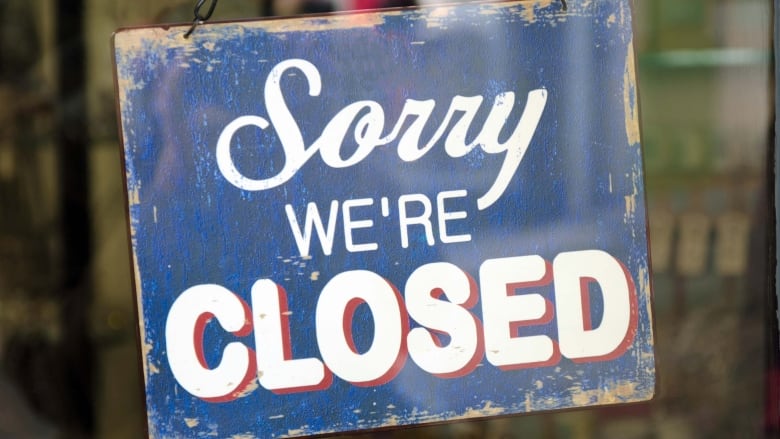Sask. sees 21,000 jobs lost in first month of COVID-19 pandemic
Three-quarters of lost jobs were part-time: Statistics Canada

Statistics Canada has released its first jobs report since COVID-19 hit Saskatchewan.
The report says there were roughly 21,000 fewer jobs in the province in March than in February. About three-quarters of lost jobswere part-time.
Every month, Statistics Canada surveys Canadians over the course of a single week to come up with the employment numbers for the month.
The Marchdata comes from surveys in the week beginningMarch 15, just days after Saskatchewan announced the first COVID-19 cases in the province.
By late March, bars, restaurants and other businesses deemed non-essential were affected by government restrictions put in place to help flatten the curve of COVID-19.
The unemployment rate in the provincehit 7.3 per cent in March, two percentage points higher than it was in 2019, according to Statistics Canada.
Nationally, the employment rate people over the age of 15 who are working fell to 58.5 per cent, the lowest it has been since April1997.
Excluding vacation time, maternity leave, labour disputes and weather challenges, there were 1.3 million employed Canadians away from work from March 15 to 21. The report says nearly 56 per cent of those people were not paid.
"The number of people who were absent all week without pay may be an indication of future job losses," the report said.
Some businesses may be closed for good:CFIB
Marilyn Braun-Pollon, the Prairie and agri-business vice-president for theCanadian Federation of Independent Businesses,said she suspects there are probably a number of small businesses that closed their doors for the last time.
"The longer we go without programs that work, that number will unfortunately increase," Braun-Pollon said.
"If that lifeline is not thrown to them now, we are going to see the thousands and thousands of jobs that are created here in the province by small business ownersthat's going to be impacted."
Braun-Pollon identified three areas where businesses are facing challenges, includingfalling through cracks oneligibility for programs, slow relief for bills that are due, andtoo much focus on deferrals and loans in relief programs.
"This really just adds to this whole fear of coming out of this crisis with a mountain of debt that will be difficult or impossible to repay," she said.
One measure she said herorganization is lobbying for is a change in the 30 per cent total gross revenue loss businesses need to demonstrate in order to qualify for different subsidies.
Braun-Pollon pointed to a proposalthat would reducethe requiredrevenue drop to 15 per centfor the month ofMarch,which she said would allow more businesses to qualify for those subsidies.
She said at a provincial level, CFIB is pleased with the measures that have been announced so far, but the organization is waiting to hear more details about plans for aid to small businesses impacted by COVID-19.
Braun-Pollon noted that the data provided by Statistics Canada Thursday showed information from mid-March, which she described as the tipping point for many businesses.
"We know there's been a lot of tough decisions since March 21. That will be reflected in the April numbers and unfortunately, those numbers could be actually worse," she said.
"These are really, really, trying times; they're unprecedented times. There's no rule book for this, there's no how-to, to deal with this type of situation."
With files from Pete Evans












_(720p).jpg)


 OFFICIAL HD MUSIC VIDEO.jpg)
.jpg)



























































































